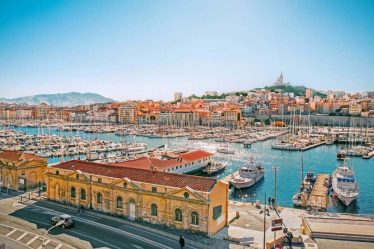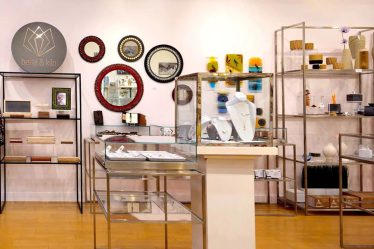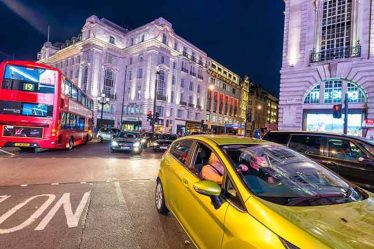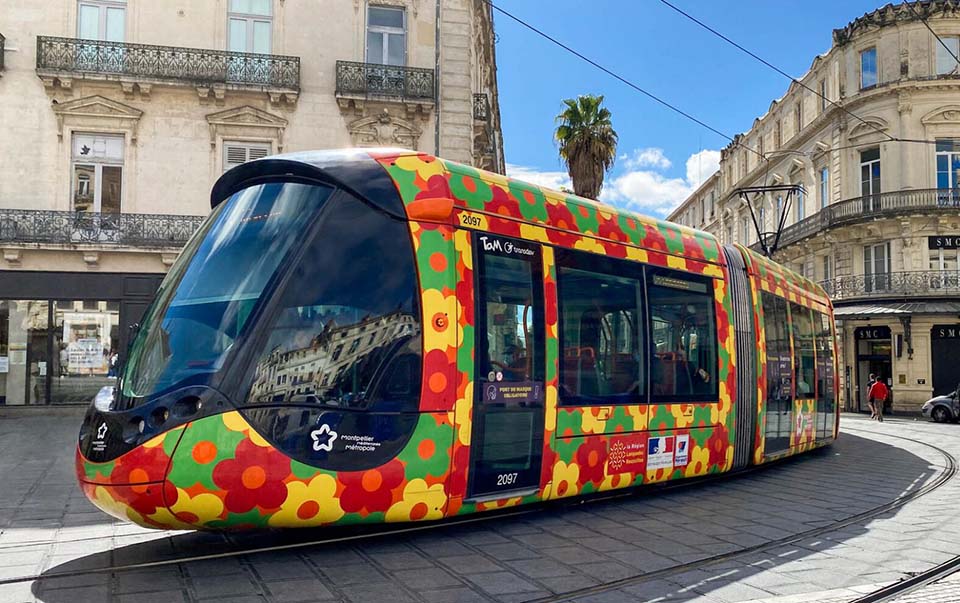
I arrived in Montpellier, a vibrant and picturesque city in the south of France, eager to dive into its unique mix of history, culture, and modern-day buzz. Like many visitors, I knew getting around efficiently would be key to exploring the city’s charm. So, after a quick glance at the city map and a few tips from locals, I set out to conquer Montpellier’s public transportation system. Here’s how I managed to get from one side of the city to the other without losing my way or my patience.
1. Understanding Montpellier’s Public Transport System
Montpellier’s public transportation system is comprised of trams, buses, and bike rentals. It’s a well-integrated system, and if you’re staying for more than a couple of days, it’s worth learning the ins and outs. While it may seem intimidating at first, especially if you’re used to the more complex metros in larger cities like Paris, Montpellier’s system is relatively simple to use once you understand the basics.
Trams: The Heart of the System
The tram network in Montpellier is undoubtedly the star of the city’s public transport. There are four main lines, each covering a distinct section of the city. What caught my eye was how modern the trams are, with sleek designs that blend perfectly with the city’s architecture. The colorful tram stations, with their intricate mosaics and modern art installations, add to the unique vibe of the city.
I started my journey on Line 1, which stretches from the northern end of the city to the south. A simple, clear route with frequent stops along the way, it’s perfect for newcomers who want to quickly familiarize themselves with the city. One thing I immediately appreciated about the trams is their punctuality. I never had to wait long for one to arrive, and the time it took to get to my destination was always accurate to the minute.
The Tram Ticket System
Getting a ticket for the tram couldn’t be simpler. At every station, you’ll find ticket machines that accept both cash and card payments. The tickets are inexpensive, with a single ride costing around €1.70. There’s also an option for a day pass, which I opted for on the days I wanted to hop on and off the trams without worrying about the cost. The day pass costs about €4.60 and offers unlimited rides for 24 hours.
What I found especially convenient was the ability to use the same ticket across the trams and buses. No need to buy different tickets for different transport types – once you have your ticket, it’s valid for the whole network. It’s a relief not to have to worry about ticket confusion when you’re moving between different parts of the city.
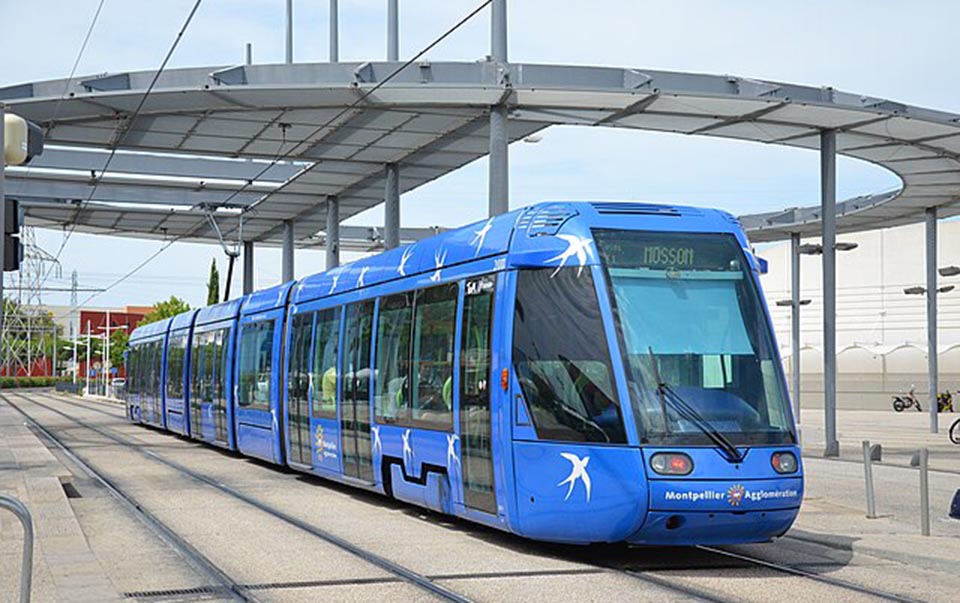
The Tram Stations
Most tram stations are well-signposted, with clear directions in both French and English. It’s easy to navigate, even for someone like me who doesn’t speak fluent French. Montpellier has a great system of maps displayed in the stations, which made it a lot easier to plan my journey.
One station that stands out is Place de l’Europe. This vibrant square and tram interchange connects three major tram lines (Line 1, Line 2, and Line 3) and is an excellent point to get oriented if you’re new to the city. At night, the station is lit up beautifully, and there’s a palpable energy as people hurry to their destinations or gather to enjoy the local cafes nearby.
2. Buses: Complementing the Tram Lines
While the trams are the backbone of Montpellier’s transport system, the bus network complements them well, extending to areas that are not accessible by tram. I decided to give the bus system a try on one of the days when I wanted to explore the quieter neighborhoods in the outskirts of the city.
Montpellier’s buses are clean, modern, and surprisingly punctual. The Line 6 bus, for example, took me all the way to Parc Zoologique de Lunaret, a lovely park and zoo located on the city’s northern outskirts. The bus ride was straightforward, with clear signage on board, telling passengers when to get off. A nice touch is that the bus stops are also equipped with digital screens that show real-time updates about the next bus arrivals.
Buses have a similar ticketing system to the trams, with the added benefit of certain routes being free. For example, the Line 9 bus, which circulates in the city center, is free to ride. A good tip if you’re planning to stay for a longer period is to buy a Mobilis card. It’s a reloadable card that gives you a better rate on multiple journeys and is available for both trams and buses.
3. The VéloMagg: Exploring the City on Two Wheels
One of the things I enjoyed most about Montpellier was its bike-friendly infrastructure. With its pleasant Mediterranean climate and flat terrain, biking around the city is a breeze. Fortunately, the public transport system also includes VéloMagg, a bike rental service that allows you to pick up and drop off bikes at various locations across the city.
The process is incredibly easy. You can rent a bike from one of the many bike stations scattered around town. All you need is a contactless payment card or a smartphone app, and you can unlock a bike for a quick ride. The first 30 minutes are free, which makes it a great option for short trips around the center. After that, it costs a small fee per additional hour.
I spent a delightful afternoon biking around Le Parc du Peyrou, one of the most iconic spots in Montpellier. The park, with its historic architecture and panoramic views, is a perfect place for cycling. The bike stations are conveniently located near the park, and there are plenty of places to park your bike when you want to stop and enjoy the sights.
4. Riding the Tram and Bus at Night
While the daytime transport system is efficient, I was curious to see how things would work at night. Montpellier’s trams and buses run until midnight, but they do slow down significantly after 9 PM. I noticed that after dark, fewer people were using the public transport, and the trams and buses had a more relaxed, quiet atmosphere.
I took a tram ride along Line 2, which takes you from the Place de la Comédie to the Port Marianne district. The ride at night was beautiful. The buildings were bathed in warm golden light, and the city seemed to take on a more intimate, laid-back vibe. I made a note that the trams run less frequently at night, so it’s worth checking the timetable before heading out.
The Noctambus is another option for late-night travel. These buses operate after midnight and are a great way to get around when regular trams stop running. They have fewer stops but cover important routes across the city, making them a convenient choice for late-night revelers or anyone wanting to enjoy the city after hours.
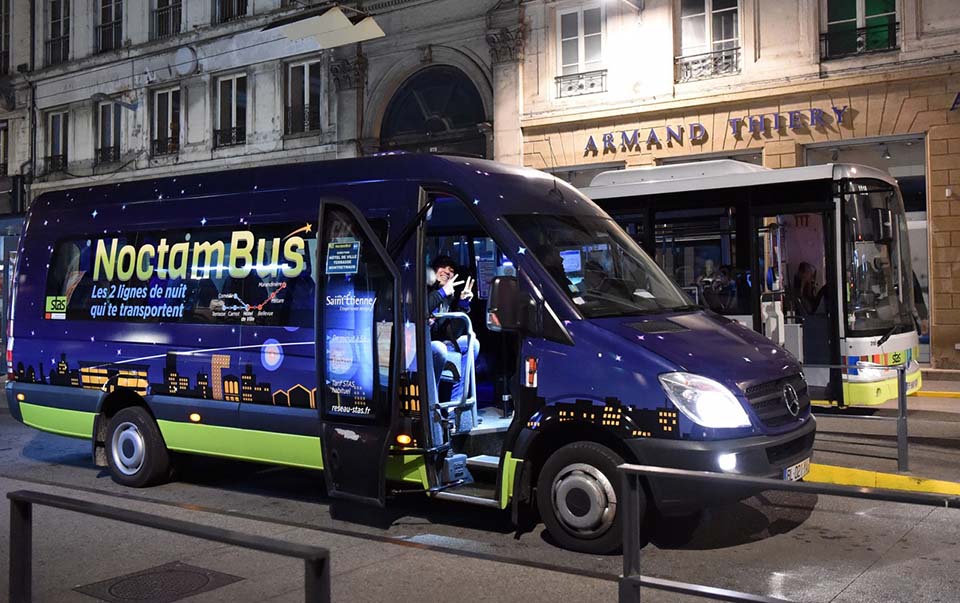
5. Tips for Using Montpellier’s Public Transport System
- Download the “TaM” App: This official app for Montpellier’s public transport system allows you to view live tram and bus schedules, plan your route, and even buy tickets directly from your phone. It’s incredibly helpful for staying on top of your travel plans in real time.
- Language: While most signs are bilingual (French and English), not everyone in Montpellier speaks fluent English. It can help to learn a few basic French phrases like “Où est…?” (Where is…?) or “Combien ça coûte?” (How much does it cost?). The locals are generally friendly and patient, even if you don’t speak the language fluently.
- Cycling Etiquette: If you’re renting a bike, remember to follow the local cycling rules. There are dedicated bike lanes throughout the city, so it’s best to use those, especially in busy areas.
- Stay Alert: Like any public transport system, Montpellier’s can have its moments of rush-hour crowds, and it’s always best to be aware of your belongings. Though I never felt unsafe, it’s still wise to keep an eye on your things when traveling.
- Bring Cash for Tickets: Some ticket machines at tram and bus stations may not accept cards, so it’s always a good idea to have some change or a small amount of cash on hand just in case.
6. Wrapping Up the Day: A Final Tram Ride
By the time I boarded the tram back to my accommodation, I was already feeling familiar with Montpellier’s public transport system. What started out as a somewhat daunting challenge turned into a seamless experience. The system is well-organized, affordable, and easy to navigate. I found that it allowed me to explore the city with minimal hassle, so I could focus on enjoying all the wonderful sights Montpellier has to offer.
Whether I was riding the tram, hopping on a bus, or exploring on two wheels, the city’s public transport system never failed to meet my needs. As I gazed out the tram window during my final ride of the day, the glowing streets of Montpellier, with their charming blend of history and modernity, seemed to glow even brighter under the setting sun.
